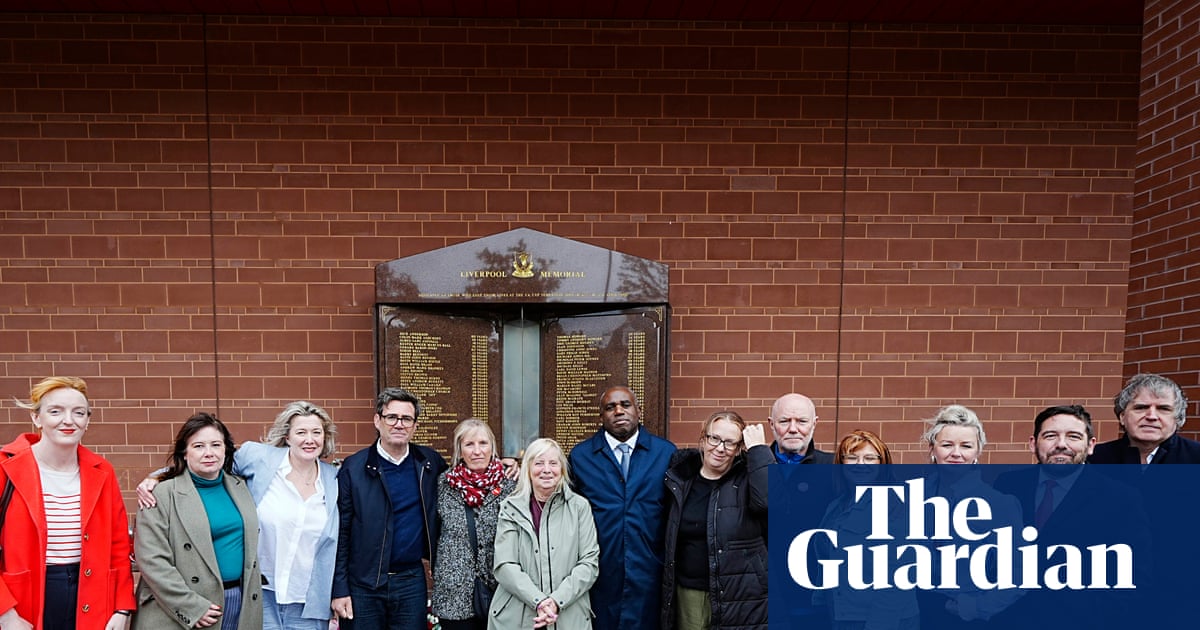Reading about the role of artificial intelligence in higher education, the landscape looks bleak. Students are cheating en masse in our assessments or open-book, online exams using AI tools, all the while making ourselves stupider. The next generation of graduates, apparently, are going to complete their degrees without ever having so much as approached a critical thought.
Given that my course is examined entirely through closed-book exams, and I worry about the vast amounts of water and energy needed to power AI datacentres, I generally avoid using ChatGPT. But in my experience, students see it as a broadly acceptable tool in the learning process. Although debates about AI tend to focus on “cheating”, it is increasingly being used to assist with research, or to help structure essays.
There are valid concerns about the abuse and overuse of large language models (LLMs) in education. But if you want to understand why so many students are turning to AI, you need to understand what brought us to this point – and the educational context against which this is playing out.
In March 2020, I was about to turn 15. When the news broke that schools would be closing as part of the Covid lockdown, I remember cheers erupting in the corridors. As I celebrated what we all thought was just two weeks off school, I could not have envisioned the disruption that would mar the next three years of my education.
That year, GCSEs and A-levels were cancelled and replaced with teacher-assessed grades, which notoriously privileged those at already well-performing private schools. After further school closures, and a prolonged period of dithering, the then-education secretary, Gavin Williamson, cancelled them again in 2021. My A-level cohort in 2023 was the first to return to “normal” examinations – in England, at least – which resulted in a punitive crackdown on grade inflation that left many with far lower grades than expected.
At the same time, universities across the country were also grappling with how to assess students who were no longer physically on campus. The solution: open-book, online assessments for papers that were not already examined by coursework. When the students of the lockdown years graduated, the university system did not immediately return to its pre-Covid arrangements. Five years on, 70% of universities still use some form of online assessment.
This is not because, as some will have you believe, university has become too easy. These changes are a response to the fact that the large majority of current home students did not have the typical experience of national exams. Given the extensive periods of time we spent away from school during our GCSE and A-level years, there were inevitably parts of the curriculum that we were never able to cover. But beyond missed content, the government’s repeated backtracking and U-turning on the format of our exams from 2020 onwards bred uncertainty that continued to shape how we were assessed – even as we progressed on to higher education.
In my first year of university, half of my exams were online. This year, they all returned to handwritten, closed-book assessments. In both cases, I did not get confirmation about the format of my exams until well into the academic year. And, in one instance, third-year students sitting the exact same paper as me were examined online and in a longer timeframe, to recognise that they had not sat a handwritten exam at any point during their degree.
And so when ChatGPT was released in 2022, it landed in a university system in transition, characterised by yet more uncertainty. University exams had already become inconsistent and widely variable, between universities and within faculties themselves – only serving to increase the allure of AI for students who felt on the back foot, and make it harder to detect and monitor its use.
Even if it were not for our botched exams, being a student is more expensive than ever: 68% of students have part-time jobs, the highest rate in a decade. The student loan system, too, leaves those from the poorest backgrounds with the largest amounts of debt. I am already part of the first year to have to pay back our loans over 40, rather than 30, years. And that is before tuition fees rise again.
Students have less time than ever to actually be students. AI is a time-saving tool; if students don’t have the time or resources to fully engage with their studies, it is because something has gone badly wrong with the university system itself.
The use of AI is mushrooming because it’s convenient and fast, yes, but also because of the uncertainty that prevails around post-Covid exams, as well as the increasing financial precarity of students. Universities need to pick an exam format and stick to it. If this involves coursework or open-book exams, there needs to be clarity about what “proportionate” usage of AI looks like. For better or for worse, AI is here to stay. Not because students are lazy, but because what it means to be a student is changing just as rapidly as technology.
-
Elsie McDowell is a student. She was the 2023 winner of the Hugo Young award, 16-18 age category

.png) 2 months ago
35
2 months ago
35

















































